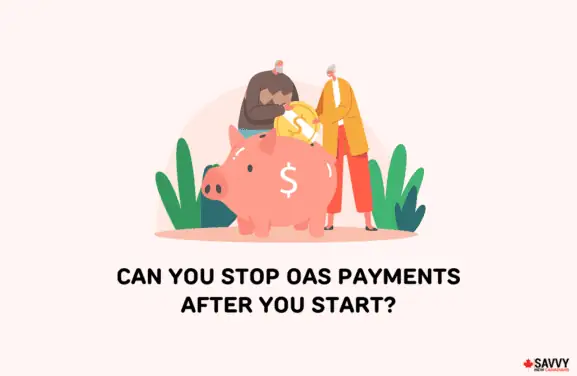Unlike OAS benefits, your CPP payments are not subject to clawback based on your income. This is good news for seniors who worry they may not get as much CPP as they hoped after contributing to the program for decades.
That said, you may still need to optimize your overall income to limit how much OAS clawback you are subject to.
CPP is not clawed back
CPP is a pension program tied to your contributions. It is not ‘free’ money in any way since you pay your hard-earned income into the plan over several years.
When you reach retirement age between 60 and 70, you start receiving a pension, and how much you get is based on your age, contribution amounts, and how long you have contributed.
Early retirement at age 60 means you receive lower payments while delaying beyond age 65 means a higher benefit payment.
Your CPP is not subject to a clawback regardless of your other income sources. You get what you earned.
OAS Clawback and CPP Income Splitting
OAS benefits are based on the length of your residency in Canada, i.e. how long you have lived in Canada after turning 18.
If you have lived here for at least 40 years, you get the maximum standard benefit. If your residency is less than 40 years, you receive a proportionate amount. For example, a 30-year residency would result in 75% of the maximum benefit (30/40 = 0.75).
Since OAS is not related to your employment history or contributions, it is income-tested, so only those who need the benefit get the maximum.
So when your income exceeds the threshold, you repay 15% of the excess amount.
OAS clawback thresholds are as follows:
- July 2023 – June 2024: $81,761 net income threshold based on 2022 tax year
- July 2024 – June 2025: $86,912 net income threshold based on 2023 tax year
- July 2024 – June 2025: $90,997 net income threshold based on 2024 tax year
To avoid losing some or all of your OAS benefits, you can use various strategies to lower your income from other sources. This could mean sharing your CPP with a spouse, delaying CPP, withdrawing more income from your TFSA instead of your RRSP, and more.
Related:



